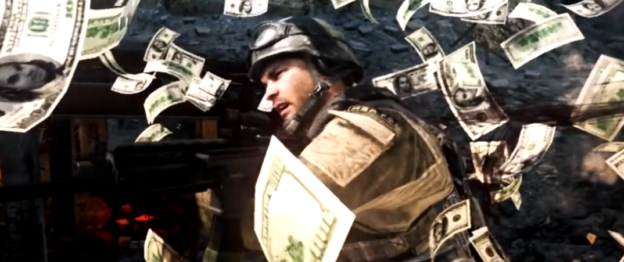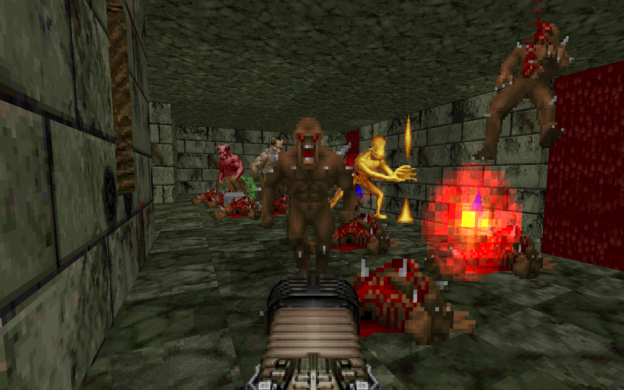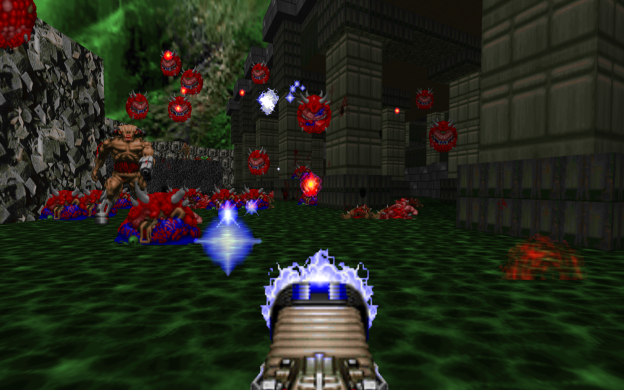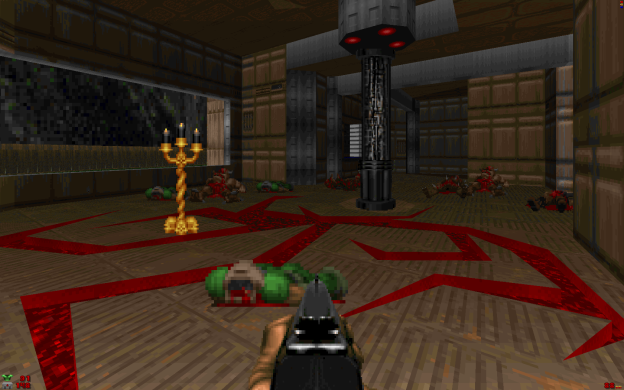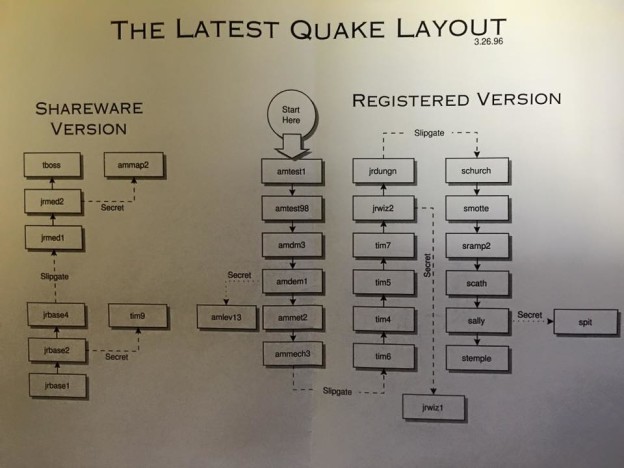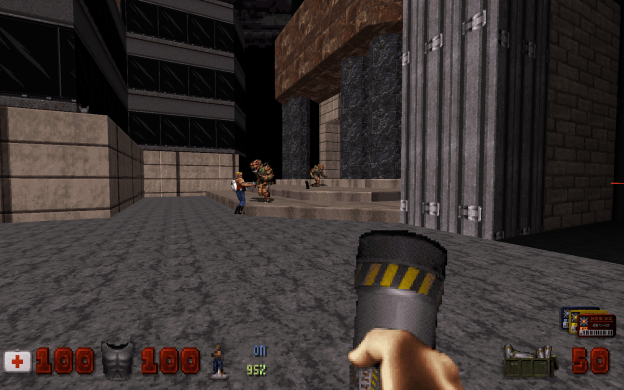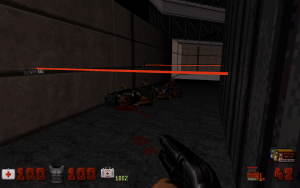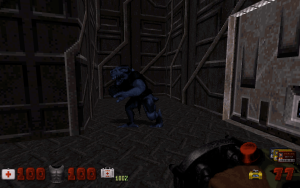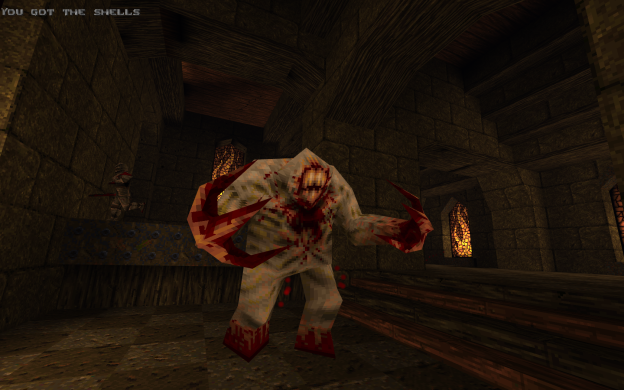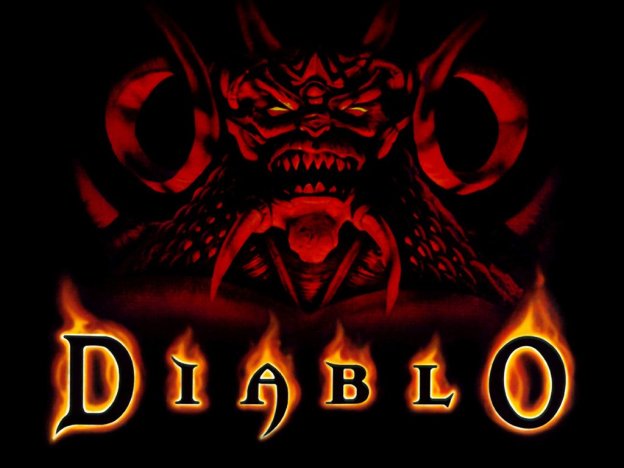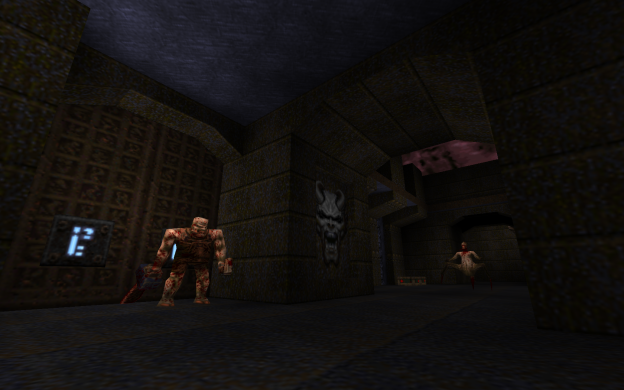This post will likely be very dry, and at an extremely high view as it concerns the business of games as a commodity and how it pertains to employment, budgeting, and forecasting. Do not take me as an authority on this, rather an impassioned individual who has been burned by the lackluster business acumen of the game industry first hand. I will always defer to hard numbers which are not anecdotal on this subject.
The game industry is very much that, an industry, and an industry must profit. This is oft forgotten and overlooked because we enjoy it as an art, a sport, a social event, a tool, and a puzzle, so it comes as quite a shock when a studio shuts down. This post is not to defend any particular action, but rather to provide a little more detail to the overall financial situation of a game studio, with some topical anecdotal exploration in the conclusion.
Games are not made in a vacuum, but rather part of a larger studio budget. This budget includes the administrative staff, facilities and IT staff, HR staff, legal counsel, and the many other positions we take for granted that are part of any company. Their salaries and benefits, as well as the cost of the office space, utilities, hardware, software licenses, and more, are part of the base budget. Within that we have the game team(s), which has a similar structure but is comprised more so of the people you think of when it comes to game development.
The largest portion of any budget is the cost of the labor, and that is a factor of the local cost of living. Where your favorite game is made is a substantial factor in its profitability. The higher the cost of living, the tighter the margins, and even if a game is profitable, more work on that same scope is risky because of the location. I’ve written about this before with The Costs of Kickstarting in Expensive Cities and it still applies here, as many games are made in California, which is in general expensive.
An aside to that is the subject of outsourcing, as the reason outsourced labor is so much cheaper is typically due to cost of living differences, and in many cases, the outsource is located on the opposite side of the globe, Poland and India both being common locations, which is very convenient to tight deadlines as it allows for around the clock work on the project, though due to the difficulties of time zone differences, this labor is usually constrained to QA, art, and isolated engineering components that require little synchronization with the primary developer.
Already we are looking at a large amount of expenditures to overcome with sales of the game, but people won’t buy your game if they don’t know about it, and thus enters marketing. Marketing is never cheap, but always necessary. At a minimum, take the game’s budget, and allocate it all over again as a baseline for marketing, though it can easily go higher, say, four times as high for a large project like Call of Duty, or something akin to Blizzard’s partnership with Yum Brands. It isn’t cheap to get Soldier 76 on your large soda at Taco Bell, and the game is going to have to recoup that as well. Continue reading

